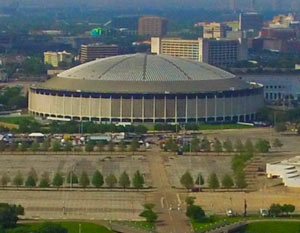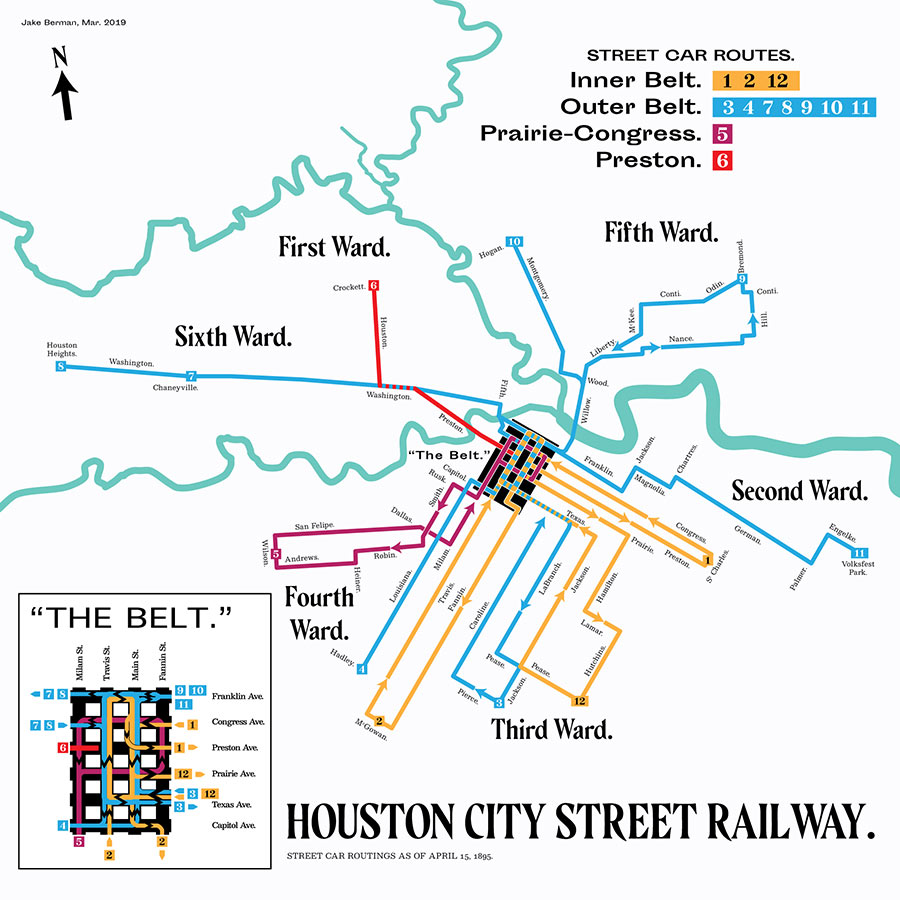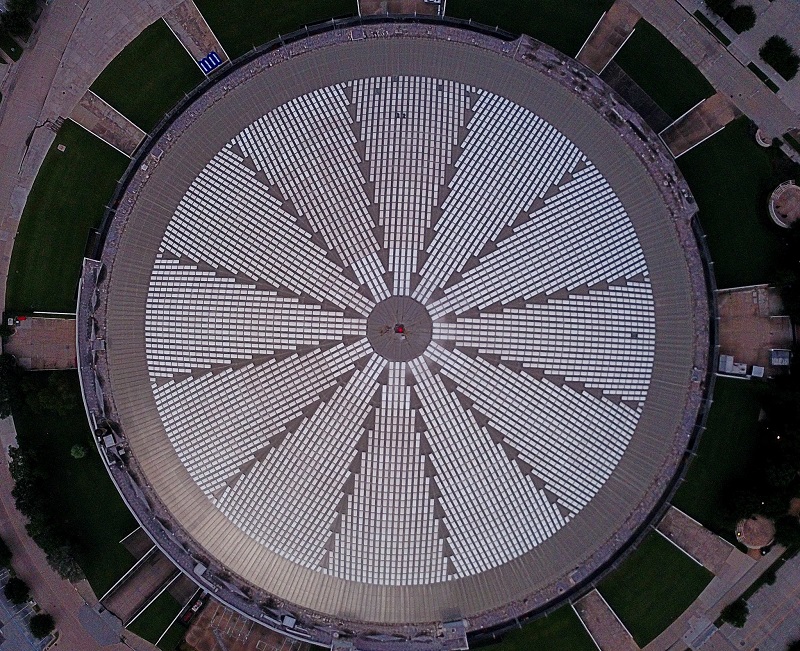A BRIEF HISTORY OF HOUSTON’S FUTURE HISTORIC PRESERVATION CULTURE  “Houston seems younger than it is,” writes Barry Moore today: “Few would guess that our founding by the Allen Brothers was within a few years of Chicago’s. Why does Chicago seem so much older? The answer is complex.” While the 70-year-old annual conference of the National Trust for Historic Preservation kicks off today in Houston for the first time, Moore charts decades of change in Houston’s laws, tax rules, and attitudes related to letting historic structures and places stick around. And Moore claims that these days, Houston’s out-with-the-old reputation “is itself a relic. Houston has turned a corner. After half a century of organizing, we now have a preservation culture and laws to protect parts of the built environment. This may be hard to believe, but I will argue that no other city in the country has such an opportunity to become ground zero for the future of the preservation movement.” [OffCite; previously on Swamplot] Photo of Astrodome: Russell Hancock via Swamplot Flickr Pool
“Houston seems younger than it is,” writes Barry Moore today: “Few would guess that our founding by the Allen Brothers was within a few years of Chicago’s. Why does Chicago seem so much older? The answer is complex.” While the 70-year-old annual conference of the National Trust for Historic Preservation kicks off today in Houston for the first time, Moore charts decades of change in Houston’s laws, tax rules, and attitudes related to letting historic structures and places stick around. And Moore claims that these days, Houston’s out-with-the-old reputation “is itself a relic. Houston has turned a corner. After half a century of organizing, we now have a preservation culture and laws to protect parts of the built environment. This may be hard to believe, but I will argue that no other city in the country has such an opportunity to become ground zero for the future of the preservation movement.” [OffCite; previously on Swamplot] Photo of Astrodome: Russell Hancock via Swamplot Flickr Pool





Preservation is dependent on lots of wealth and a strong demand for land. Two things that Houston had neither of until well into the 20th century. Chicago on the other hand…
Chicago has more surviving historic buildings simply because it grew so much faster than Houston before the automobile and “urban renewal” hit the scene. No place in America was doing much historic preservation until after we’d leveled a vast number of beautiful buildings that had previously been deemed outdated/useless. In other words, it’s not because Chicago had some better sense of preservation. Because Chicago had such a large volume of pre-automobile structures, more of them have survived urban renewal. Both Chicago and Houston have wiped out the majority of pre-automobile buildings in and around their downtowns. For Houston that basically meant most of the city that had been built pre-automobile was wiped out and replaced with modern buildings and parking lots. For Chicago, it meant that while the Loop was largely redeveloped into modern skyscrapers, vast areas of prewar suburbs still remained. Chicago also invested much more into public works before WW2, such as the “Emerald Necklace” of parks that circle the inner city that have survived until today. Many of Chicago’s great buildings come from the “City Beautiful” movement of the early 1900s. Houston didn’t really start growing until the depression and after the war when everyone moved into suburban tract housing. And we haven’t really made any public urban park investments aside from Hermann Park (1914) and the Bayou trails (2010s).
Chicago had all the great architects back in the early 1900s. And Chicago had planning. Houston had John Staub, some decent craftsmen catalog houses and some mods. Houston’s boom bust cycles and lack of planning put the few great buildings of the early 20th century at constant risk of demolition due to periods of neglect and then the sudden rush for growth. Chicago has definitely had its ups and downs, but those were all within a much narrower range of expansion and contraction than Houston.
This is good news if accurate.
I believe connection to history enriches everyone.
I have three words that explain why Chicago developed as a “modern city” well before Houston. “Winter” and “Air Conditioning”. Think about it, Chicago has generally much colder weather and a real Winter for 4 months or more each year. Houston not so much, hot and humid 6-8 months a year. Heating a big tall building to make it comfortable is easy. In contrast cooling that same building is not so easy. Especially in the post Civil War and 1890-1920 time frame. Now the development of commercially viable air conditioners in the 1920-30’s was an expensive luxury. Then the WW-2 years and rationing… and voila modest growth of “big city” until the late 1940’s and 1950’s. So when did Houston really start to grow, yup you guessed it, post WW-2 and the 1950’s when most middle class people could afford air conditioning in their homes and businesses.
So if you want cool “old” pre-war buildings, go North and East towards cooler weather. But if you want a modern or post-modern or even contemporary building, just look at Houston, or Atlanta, or L.A. or Las Vegas. And thank Mr. Carrier for his invention of air conditioning as we know it.
BTW, the only reason the historic people call Houston ground zero for preservation is because we like to blow things up and level whatever is no longer desired / economically viable. They marvel at the Astrodome only because we have not imploded it. Long over due if you ask me…..
The Chicago comparison doesn’t really compute. They may have been founded at the same time, but they did not become major cities at the same time. Chicago was a major city when Houston was just an inland backwater near Galveston.
And then there are the contributions of John Finger.